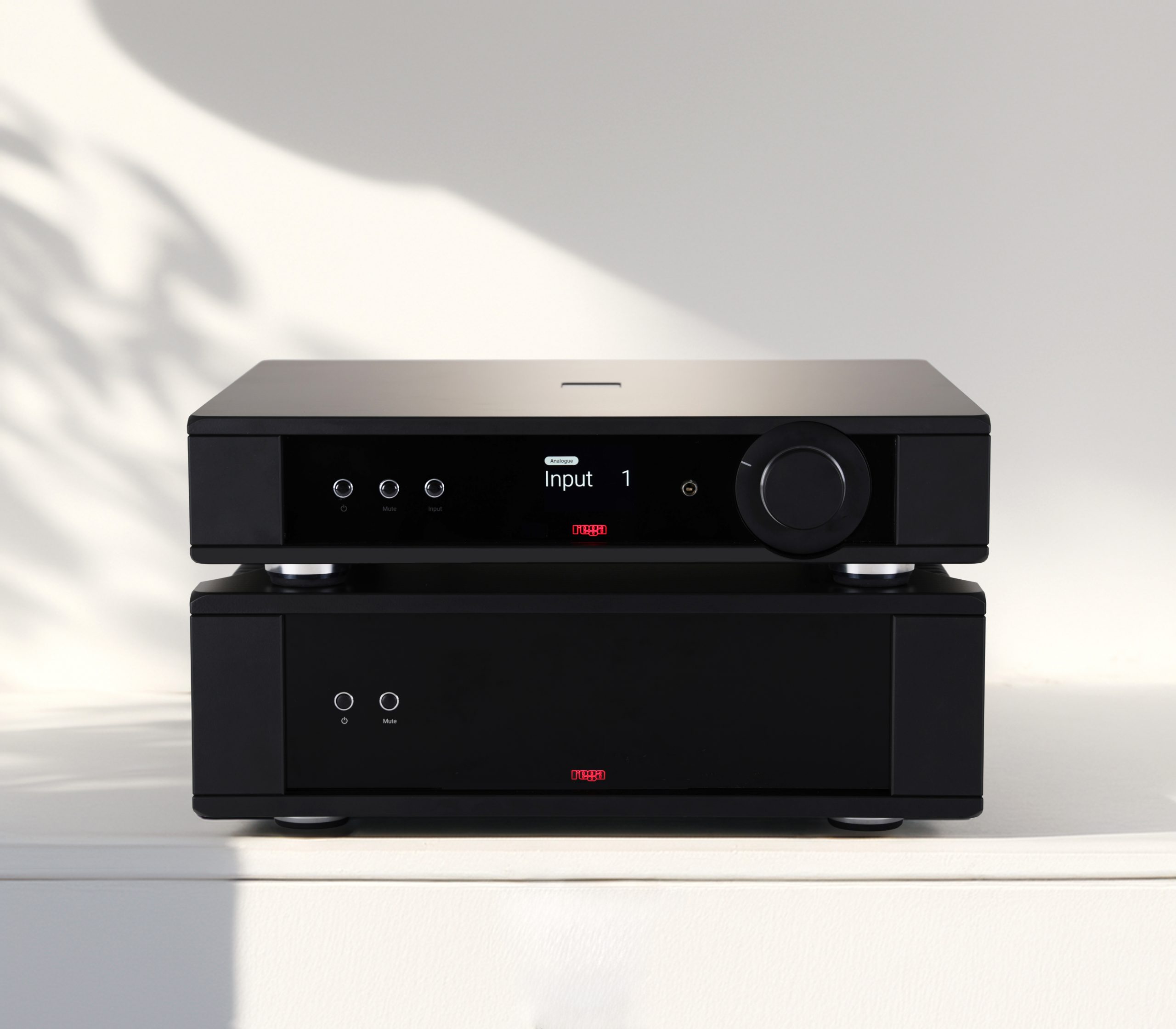
I was stoked—just before the Toronto Audiofest I was covering, I got the chance to hear Rega’s new matching Mercury preamp and Solis amplifier. The deal was that I could listen to them in my home for a week and write my impressions before they had to be shipped off for their official North American launch in Victoria, British Columbia.
This was big. With a Canadian retail price of just under CA$ 14,000 each, these were not only flagship products from the iconic British company, but a rare event—how often does Rega release separate preamps and amps? Exactly twice before: when it launched the matching Maia and Cursa in 2000, and the Exon monoblocks in 2003. But neither of those models aspired to be the reference creations that the Mercury and Solis are.
Designed and hand-built in England, the Mercury and Solis represent the culmination of knowledge refined through decades of audio design. While information about them is scarce as of this writing, their press release makes it clear that the company’s primary technical goal was to isolate the channels from each other and achieve an extremely low noise floor—both to extract more detail from recordings and to reproduce an exceptionally wide dynamic range.
To this end, both models employ a fully discrete, symmetrical circuit topology, designed to deliver very low distortion, excellent channel matching, and unadulterated signal integrity.
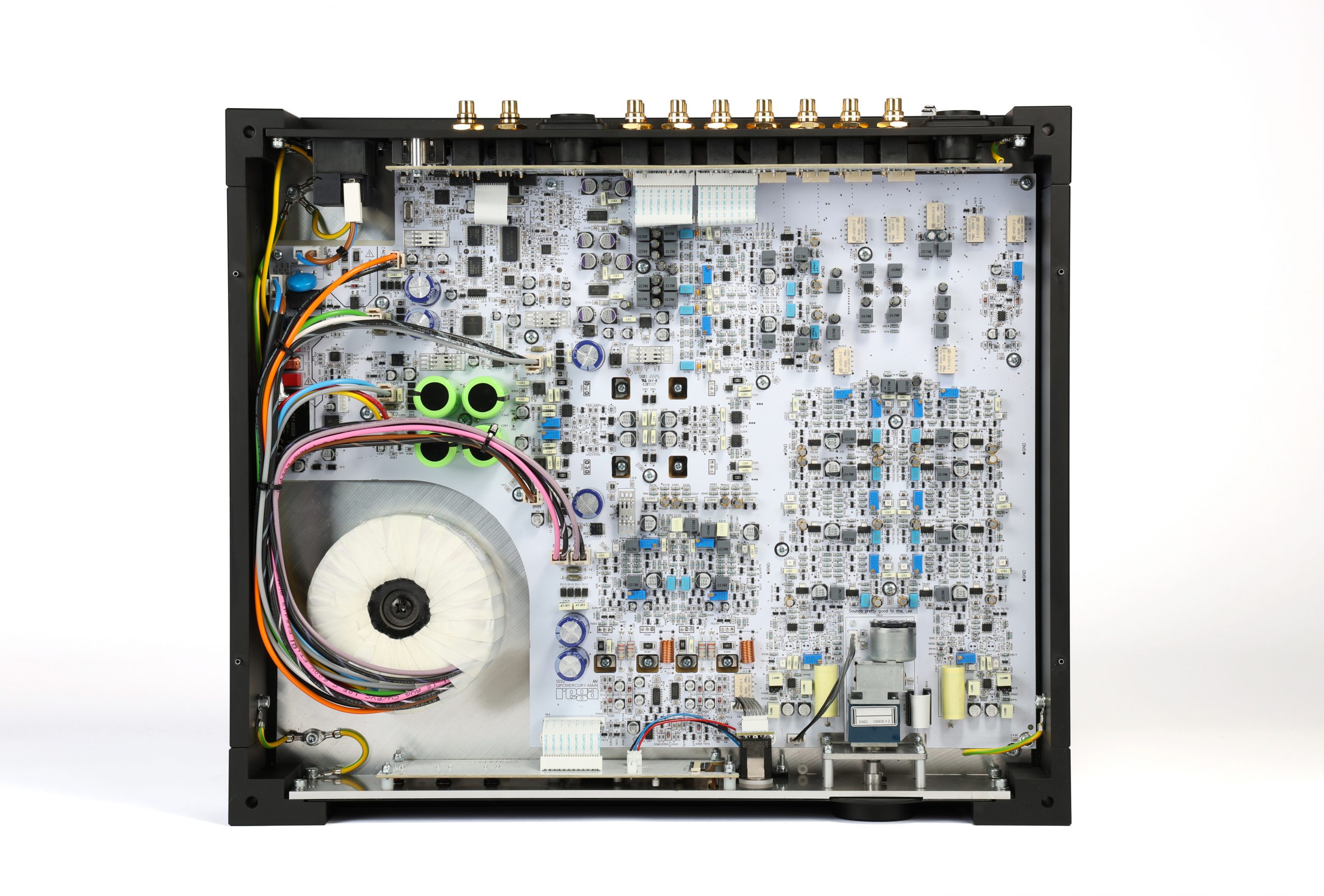
The main outputs are transistor-based and DC-coupled rather than capacitor-based and AC-coupled, allowing the full range of frequencies to pass through—particularly the low ones, which tend to be attenuated when capacitors are used. AC-coupled systems also incur some energy loss during the conversion process, since a DC-to-DC conversion is required after the signal is AC-coupled.

Before getting into my listening impressions, a few functional basics: the Mercury preamp includes a high-performance DAC derived from the stage used in the company’s Saturn Mk3 and flagship Isis CD players, a discrete headphone amplifier that Rega likens to a mini-Solis due to its high voltage and current drive capability, and a full-colour IPS display. The dark, semi-lustrous front panel it shares with the Solis is handsome yet minimalist, featuring just three buttons on the left—Power, Mute, and Input—the screen at centre, and a volume knob on the right. The preamp also comes with a remote that feels solid in the hand, with a backlight that activates via a built-in motion sensor.
The Solis amplifier, rated at 168Wpc into 8 ohms and 305Wpc into 4 ohms, offers both balanced and unbalanced inputs and matches the Mercury’s appearance, though it features only two buttons on its faceplate—Power and Mute.
According to company literature, Rega focused on three key design goals: to produce a tight, controlled soundstage, particularly at low frequencies; to deliver the cleanest possible highs; and to supply ample current to drive even the most demanding loudspeakers with the least distortion. The Solis achieves this through the use of two custom-designed 330VA toroidal transformers and 40,000μF of Rega K-Power smoothing capacitors per channel.
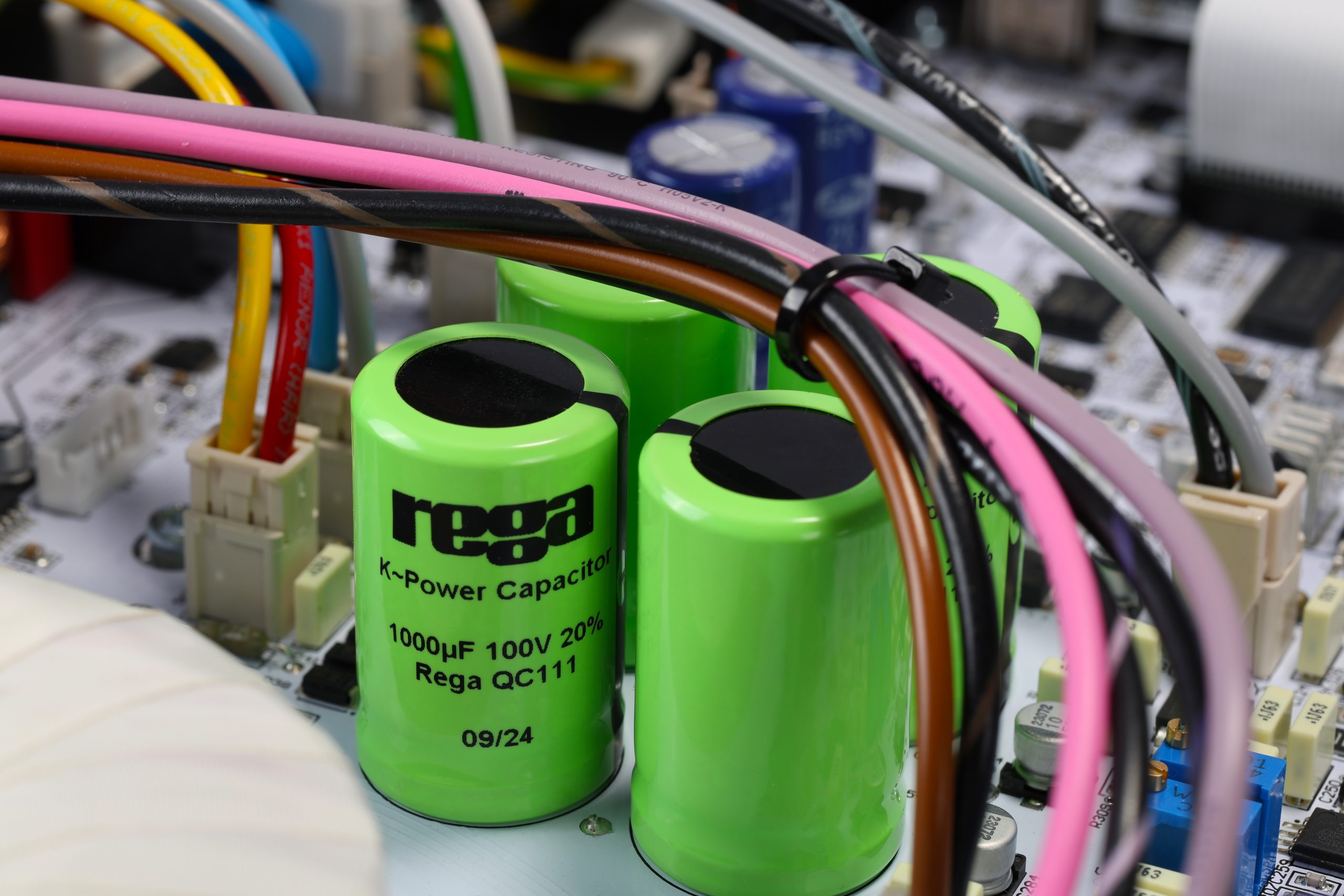
With time running out, it was time to listen, and what a memorable listen it was. Inserted into my system, which included a Simaudio 260D CD transport, a Benchmark DAC3 B DAC, a Wattson Emerson Digital network bridge, a pair of Dynaudio Contour 30.1 speakers, and cabling and accessories by Audience, DR Acoustics, and Kimber Kable, the Rega pair immediately impressed with its sense of scale and abundance of musically enriching detail. Bass grip was exceptional, lending solidity and robustness to the presentation.
The movie soundtrack to the 1965 film The Knack …and how to get it (CD, Quartet Records QR577) features orchestral arrangements of horns, strings, reeds, keyboards, vocals, and various percussion instruments, often occurring simultaneously or in quick succession. The Rega duo handled the music’s elaborate structure with poise and dynamic agility. It didn’t just deliver layers of musical information but conveyed the whole environment—the recording studio, the waves of sustain and decay, the churning air—all rendered light as day. Instruments had presence and impact. The soundstage was wide and deep. I wasn’t sure I’d ever heard a more transparent picture or a greater sense of kinetic aliveness than I did through the Rega pair. The experience felt unusually physical.
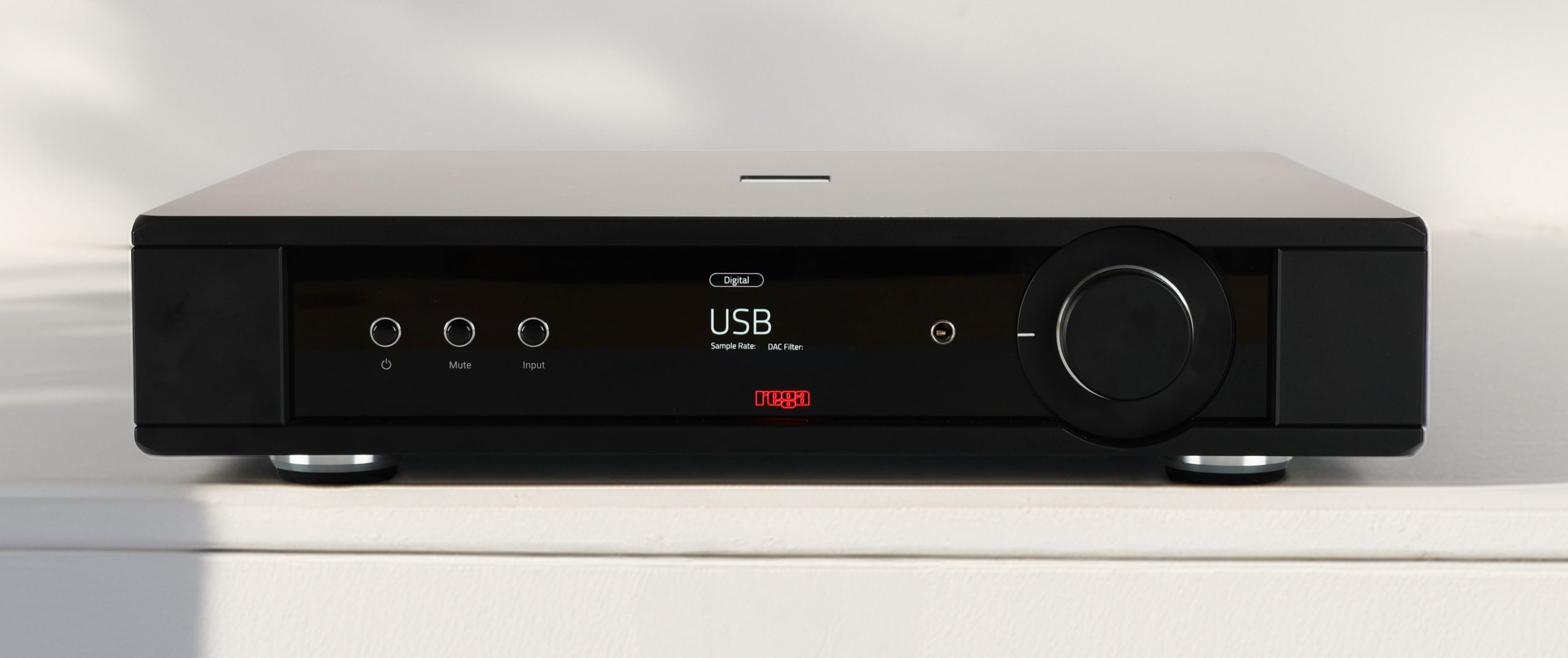
And immediate. That immediacy inspired me to queue up Patricia Barber’s Companion (CD, Blue Note/Premonition 7243 5 22963 2 3), a live recording streamed in 16/44 via Tidal. Even before the music began, I felt a palpable sense of being inside the venue. After it started, I couldn’t recall hearing Barber’s vocals sound less artificially sibilant, or the instruments more clearly defined—acoustic bass notes had greater elasticity and definition and were more harmonically expressive. Tambourine taps sounded more materially tambourine-like. The sequential shlick-shlick-shlick of keyboard keys being pressed was easier to follow.
I then did an abrupt about-face by choosing the most minimalist fare I could find to gauge just how revealing these components could be with an instrument where nuance is everything. That instrument was the harp, as masterfully played by Valérie Milot on her recent release Nebulae (FLAC, 24/48). The result was magical; I heard newfound subtleties in her playing technique—in the pressure applied to the strings, the air displaced between them, the degrees of bloom coming off notes, even the attenuated ones. The Rega electronics illuminated a spellbinding exchange between chords, tones, plucks, and strums. I was surprised by how much of Milot’s technique I’d missed when I’d seen her perform the album live. The system’s transparency was remarkable.

In the end, it didn’t matter what genre I threw at the Rega stack. From raucous rock to grand operatic productions, the Mercury and Solis never sounded overwhelmed or out of their element. I played heavy music through them from Iced Earth to Tool just below the threshold of ear pain and the Rega combo never lost steam. They just gave me more bass, more surprises, more head-bopping awesomeness.
Before I wrap up, just two final notes I think worth mentioning because they happen so rarely nowadays: the first is that the sound of the Mercury and Solis together brought me back to the excitement I felt at the beginning of my journey when I was discovering all this great new gear. The second is how my wife, in my listening room and unprompted, suddenly danced to the Regas—it was an unexpected bonus. I can only assume it was the pairing’s wide-open sound, effervescent energy, and propulsive rhythm that possessed her.
Spending a week with the Mercury and Solis didn’t feel nearly long enough to fully appreciate their performance. These are exciting components, and I wouldn’t be surprised if they became audio classics one day. As of this writing, they’ve been out of my house for only three days, still en route to their grand launch in Victoria, and already I miss them dearly.
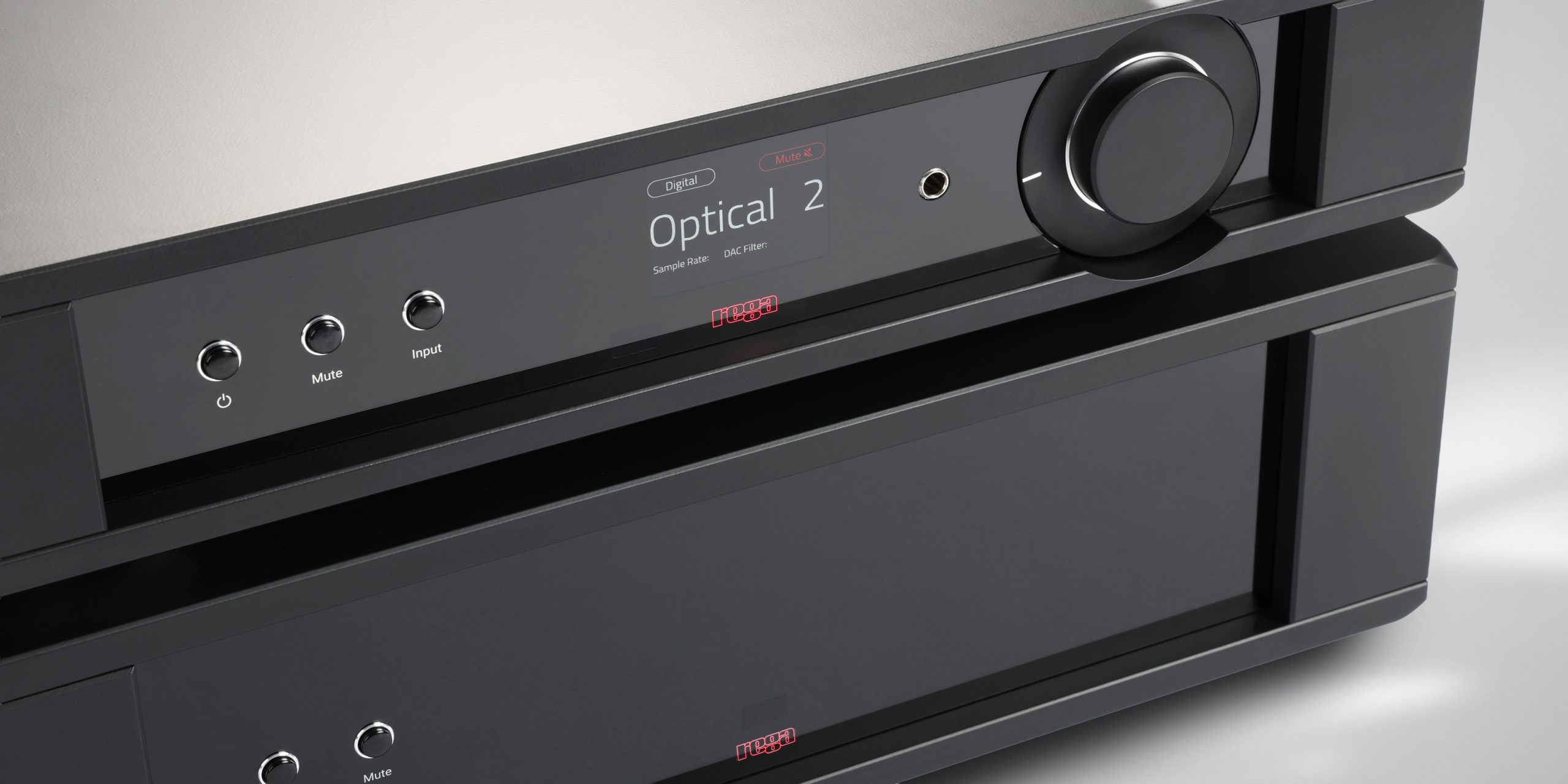
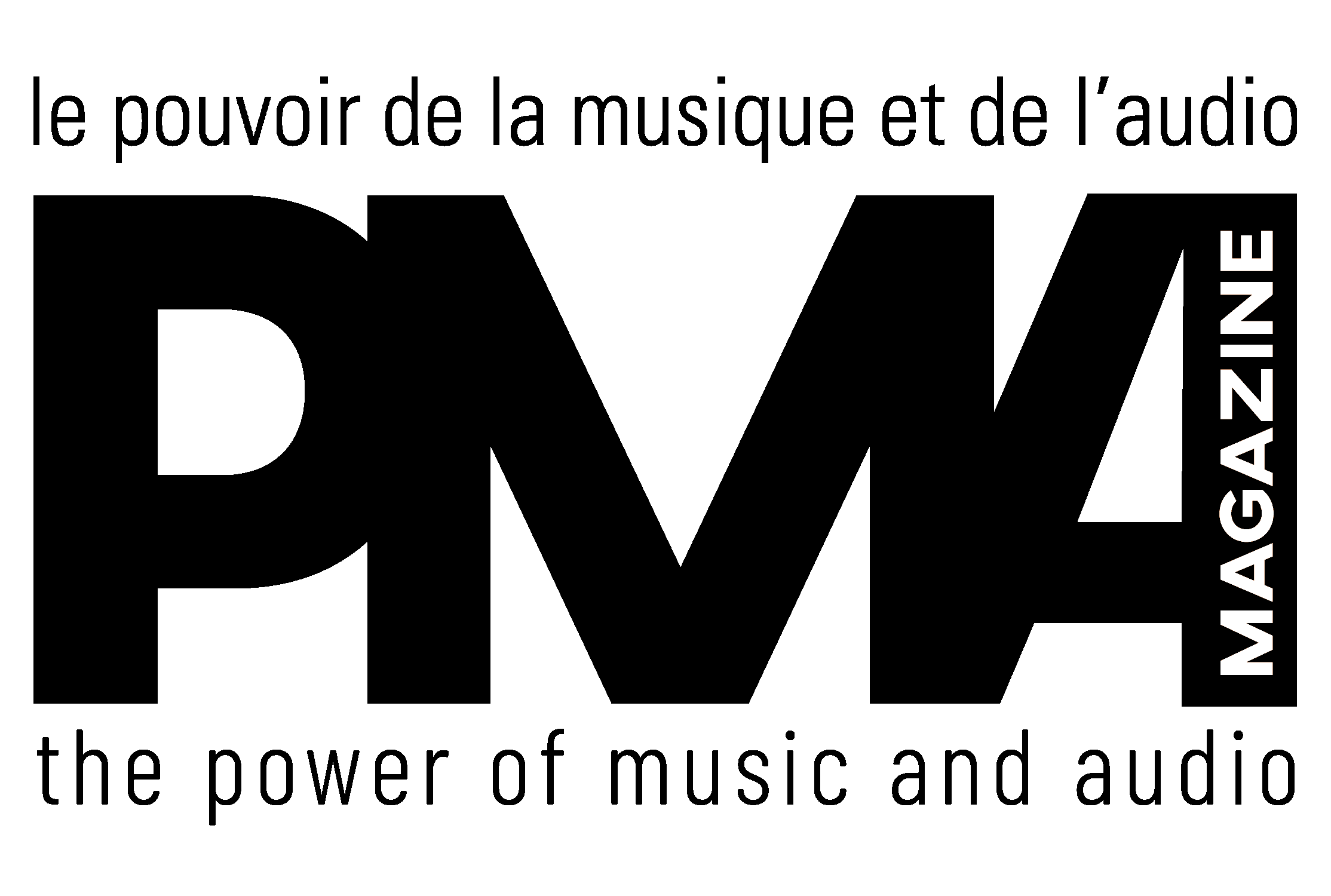














Leave a Reply